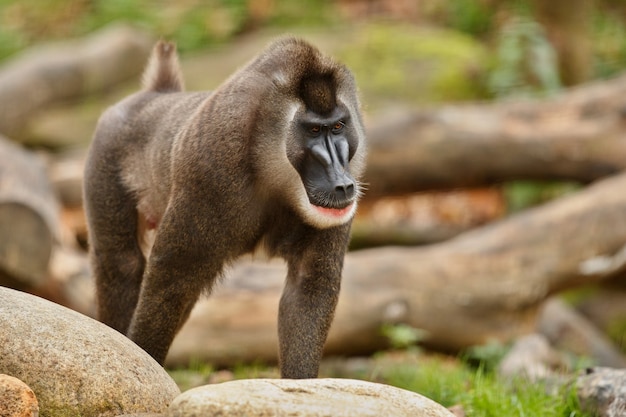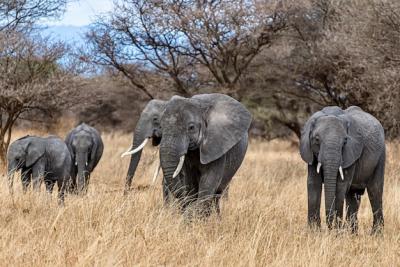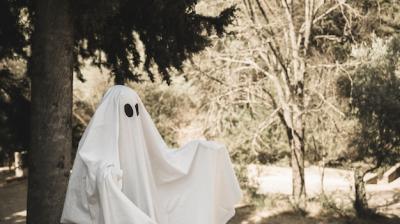Drill Monkey (Mandrillus leucophaeus) Resting in Natural Habitat – Free Stock Photo Download
Explore the serene beauty of nature with this stunning free stock photo featuring a Drill Monkey, scientifically known as Mandrillus leucophaeus. This image captures the essence of wildlife in its natural environment, showcasing the peaceful demeanor of these remarkable primates.
About the Drill Monkey
The Drill Monkey is known for its striking appearance and unique social behavior. Found primarily in the tropical forests of Western Africa, these monkeys play a vital role in their ecosystem. Here are some interesting facts about Drill Monkeys:
- Habitat: They thrive in forested areas where they can find food and shelter.
- Social Structure: Drill Monkeys live in groups, creating strong bonds and social ties.
- Diet: They are omnivores, feeding on fruits, leaves, and small insects.
- Conservation Status: Due to habitat loss, they are considered vulnerable, making images like this important for awareness.
Perfect for Your Projects
This high-quality JPG image can be used for various purposes, whether you are working on a presentation, a blog post, or educational materials. Hereâs why this image is a great addition to your collection:
High-Quality Resolution
The clarity and detail in this image make it suitable for both digital and print formats. You can expect vibrant colors and sharp features that bring the Drill Monkey to life.
Free to Use
As a free stock photo, you can use this image in your projects without worrying about licensing fees. It's perfect for students, educators, and anyone looking to enhance their visual content.
How to Download the Image
Getting this beautiful photo is simple! Just visit hdstockimages.com and navigate to the “Free Stock Photos” section. You can easily download it in JPG format for immediate use.
Final Thoughts
This image of the Drill Monkey resting in its natural habitat not only adds aesthetic value to your project but also helps in promoting awareness about wildlife conservation. By incorporating such visuals, you contribute to a greater understanding of our planet's biodiversity.








